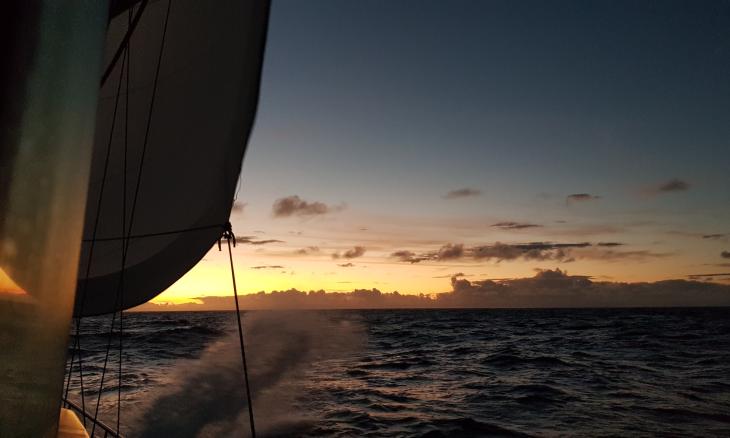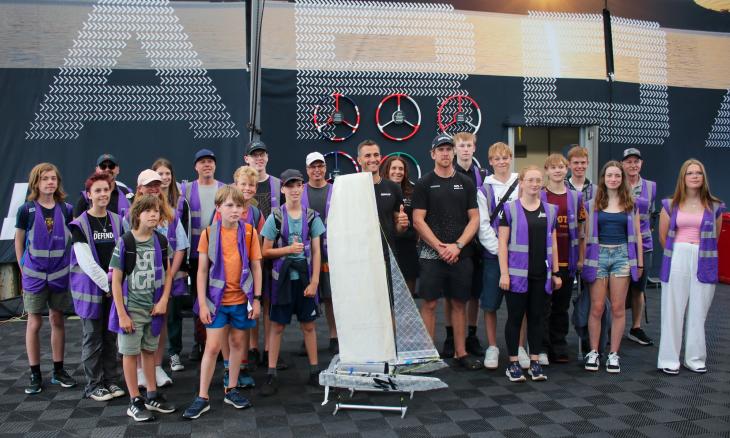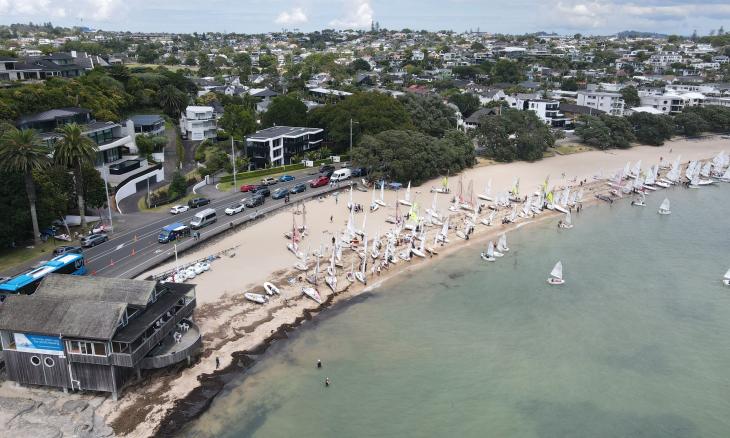Alex Bruce won the inaugural Farr 6000 Match Racing series recently held at the Port Chalmers Yacht Club. Alex has been having some great success in his Noelex 22, Charade, and he quickly came to grips with the Farrs to ultimately take the series despite getting off to a slow start in his first heat.
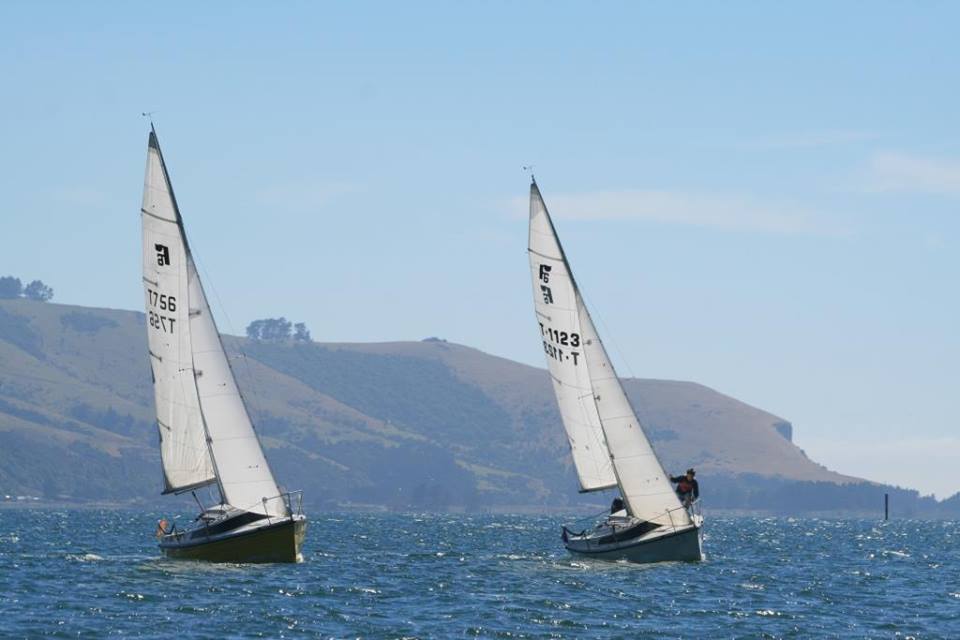
While Match Racing isn’t an unfamiliar idea and we are all well versed with match racing at the top end of our sport, with the likes of the America’s Cup and the number of match racing series that are held around the globe, it was felt that it would present a challenge for some skippers and crews within the club and also provide a different form of racing in the club sailing programme.
The catalyst to run a match racing competition at the club was a suggestion made at pre-season sailing committee meeting which was tasked at looking at the coming sailing season. The club had done Match Racing many seasons ago but well removed from current memory. The yacht of choice was to be the Farr 6000 Trailer Yacht, in part for the suggestion came from one of the owners and the club has six 6000s in the club fleet.
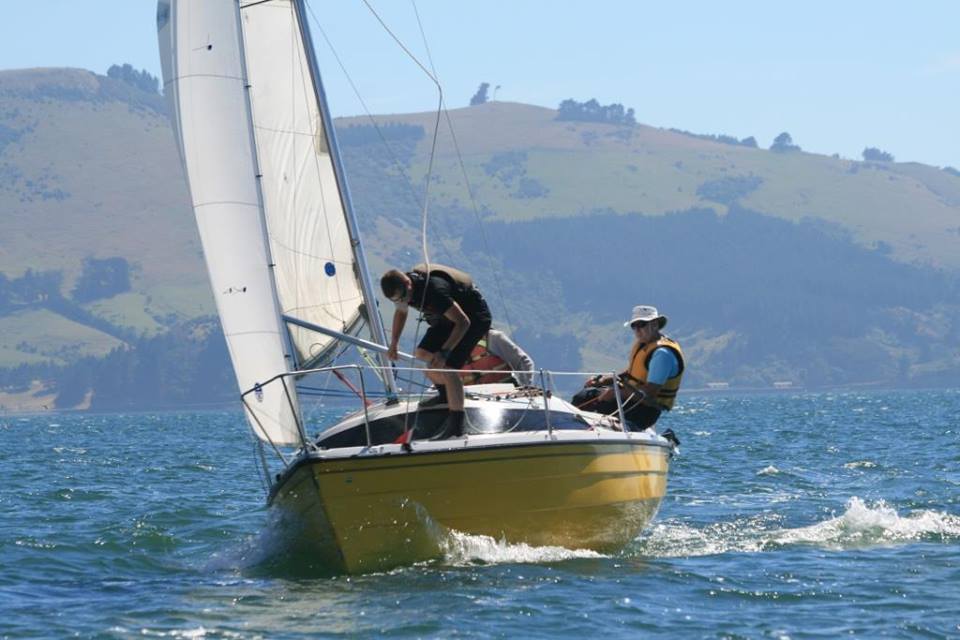
Alex Bruce and crew approach the first mark
A limit of six teams was decided upon for this first trial run, with the idea of completing the event all on the same day.
Was it a good thing for the club to do? We certainly thought so at the conclusion of the racing with plenty of buzz around the club afterwards as the racing was dissected on the back lawn of the club.
Lunchtime on the Ganley WIFE
A couple of things were decided upon during the planning stage. Not only would the normal round robin match racing between all teams apply in the preliminary stages but all teams would sail different boats for each race. This way, we felt, would eliminate the concern that the winner was in the best yacht.
After the round robin the four top teams progressed on to the semis and finals. At that stage the lowest ranked team chose their yacht of choice, up to the top team. The top team chose their competitor from the other three, and so on. Also a series was held for the remaining two teams.
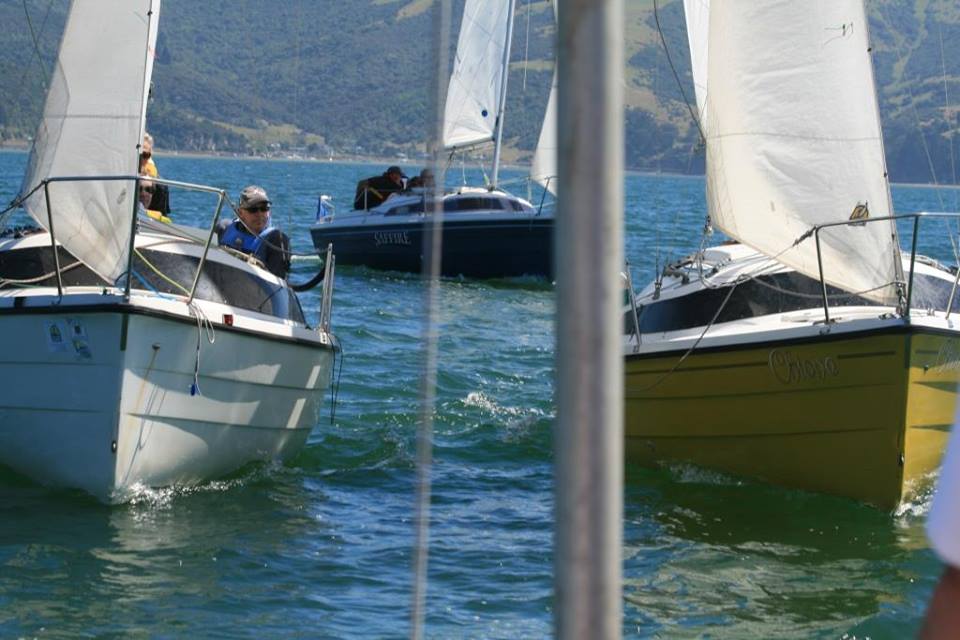
Pre-start positioning
The racing was conducted as per the rules of match racing, with the exception of on the water judges. It was felt that to keep the racing in the spirit of club racing and in the absence of really good judges for the events a certain level of boat responsibility would apply. This worked well with a few penalties incurred and the appropriate penalty taken.
Within any club match racing will really excite some and just not do it for others. With this in mind the club also ran a long distance fleet race during the day – this certainly tested the overall ability of race management within the club but they didn’t come up wanting. Rear Commodore, Les McBean, was able to overall conduct different events at the same time.
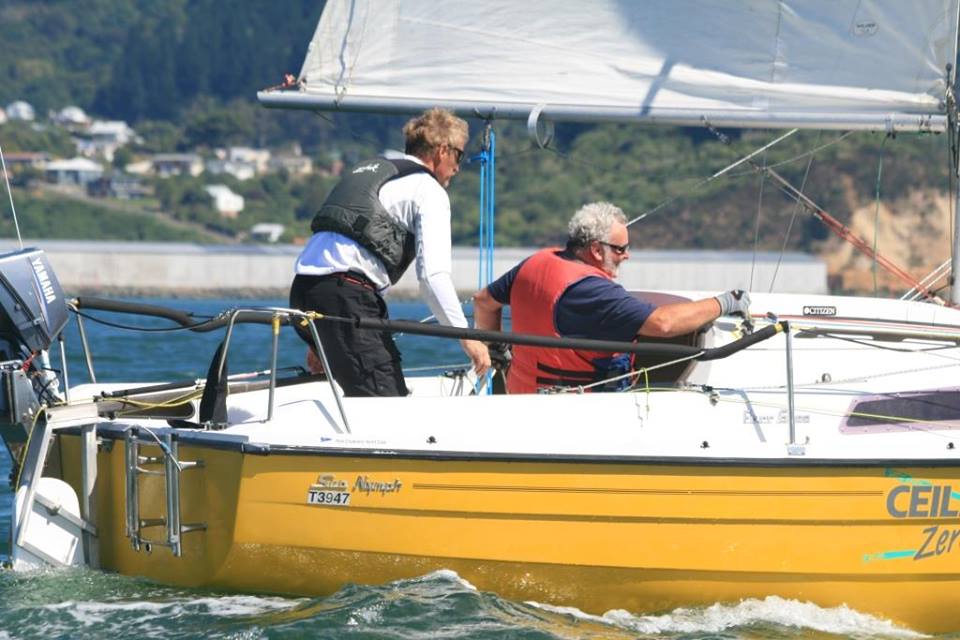
All concentration during racing
To make the event flow we had moored, just below the race area, a 44’ Ganley Yacht an on water base and comfort stop for anyone between heats. This certainly provided a great raft up venue for lunch.
To facilitate the exchange of crews between boats after each race the club’s rib was kept busy as a water taxi service.
The key to the success of this day was holding off from our originally planned date, due to rather stronger wind conditions. The second planned date turned out to be perfect with winds no more than 12 knots during the whole day. Also required is a willingness of the owners to have their yachts shared between the teams – this was done with due consideration being made for who would be responsible to cover insurance excesses if any damage arose.
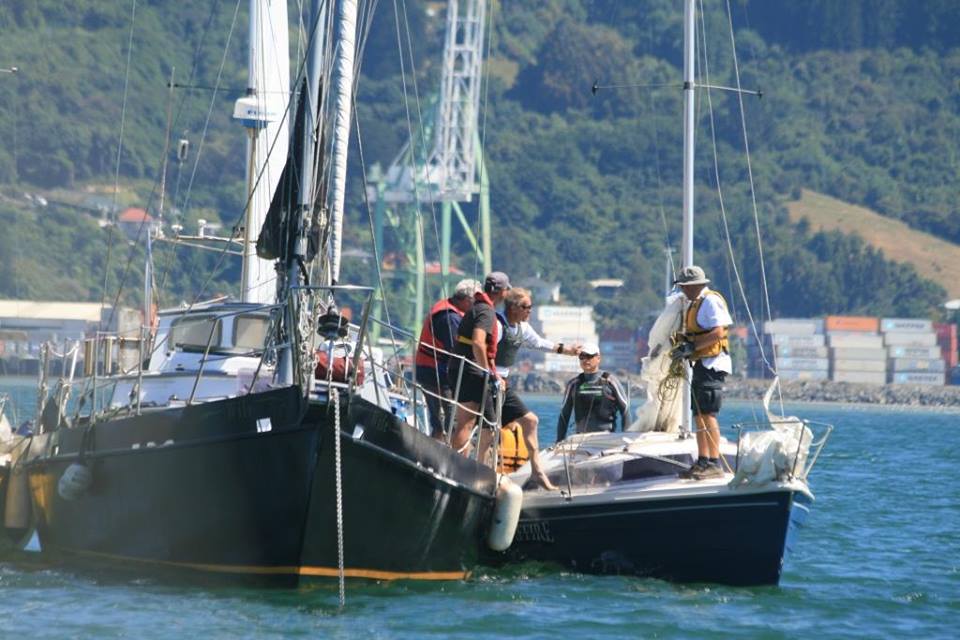
The on-water base
Not all the owners of the Farrs necessarily wanted to take the helm and were happy to take their role in a different crew position.
Would the club recommend other clubs to give club match racing a go? Certainly. If your club has a fleet, six is enough to get going, of same class boats and some keen teams then you got everything you need. We used Farrs due to having them in the club, they are not too demanding upon crews and the difference between the best and the not so best Farr is very minimal. Maybe in your club it could be Hartley 16s, especially if you are in New Plymouth, Noelex 25s, Etchells, for Wanaka, or Sunbursts. Basically any class that isn’t too demanding - it is about the match racing between teams and it is after all club racing.
We ran the event as a spinnaker event and each team comprised of a total crew of three.
What would we do different next time? If we stuck with the swapping of boats between crews a key thing is to have a couple of spare skippers to throw on a yacht whilst the racing crew is taken to another yacht. Or consideration is now being given as to the merits of swapping the yachts – it was after all the crews on the day, not the boats that showed through.
The six teams were skippered respectively by Alex Bruce, Ken Hargreaves, Allan Sutherland, Graeme Wall, Rob English and Peter Swale. It was very noticeable as the day progressed that the Match Racing intensified and the starts were being contested for far more aggressively.
In total 18 club members raced in this event, and a race committee of eight ensured that it went off without a hitch. On top of that other members were catered for in the fleet race.
For the club it was a bit of organizing but this was all rewarded with a busy clubhouse afterwards.

